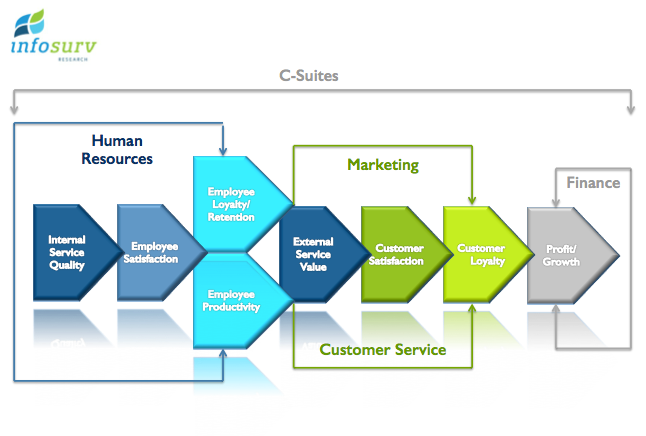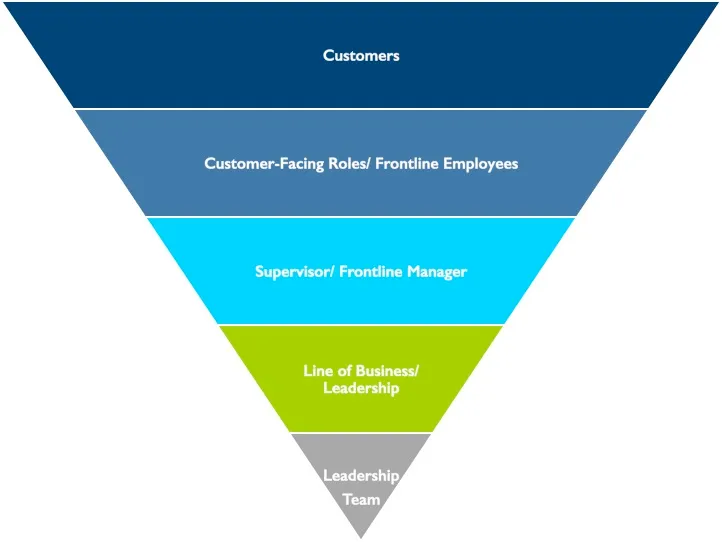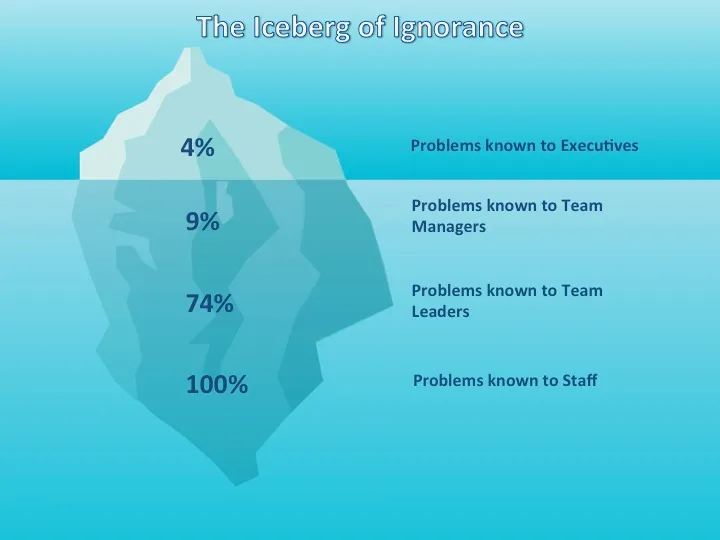Research from Tower Watson and Aon Hewit shows that happy, engaged employees lead to a 19% increase in profitability, 22% increase in productivity and 37% higher sales. Furthermore, it is believed that turnover can be reduced by 51% and employee burnout by 125%, with a 66% drop in sick leave costs. How do you achieve these improvements? It’s not […]
Author: Lenni Moore
Lenni Moore is the Director of Operations at Infosurv. She’s always been passionate about fostering strong professional relationships. It’s precisely these relationships that allow her to exceed her clients’ expectations because she knows exactly what they want and then leverages her experience to get it for them.
If your employees are satisfied, that should be enough, right? Not really. A recent survey by Jobvite found that 45% of U.S. job seekers across all ages, education levels and industries are satisfied in their current positions but are still open to new opportunities. Satisfied employees leave their current employers all the time. Why is […]
The service profit chain, illustrated below, is how Infosurv works with clients to maximize the linkages between employees, customers, and business performance. Each section of the chain builds on the prior phase. While focusing on each section will deliver some benefits to your company, you will get the biggest bang by looking at the process […]
What’s a Dream Team? As defined by Urban Dictionary, “There is only 1 exact definition of “The Dream Team”. And that is the 1992 Olympic Dream team composed of 10 of the 50 greatest players to ever play the game of basketball.” That seems just a bit restrictive, so looking at Google, we find the […]
In a previous blog, we discussed in consultant Sidney Yoshida’s “The Iceberg of Ignorance” research, which found “only 4% of an organization’s front-line problems are known by top management, 9% are known by middle management, 74% by supervisors and 100% by employees.” The result of the Iceberg is decision making with only partial information, and […]
Employee engagement surveys use many of the same tools we use in general marketing research but there is an important difference. Employees and their relationship with your company are different from your customers and their relationship with your company. Not to overstate the obvious, but that difference means that employee engagement research should be handled differently […]
If you do a Google search for employee engagement, you will be inundated with information sources. And with good reason! It is widely quoted that less than one-third of American workers are engaged in their jobs. And – also widely known – employee engagement is desirable because engaged employees directly and positively impact customer satisfaction […]
You can read a lot about Employee Engagement, and the impact it has on customers and business success. Often, those articles talk more about companies that deliver services or products with a significant service component (both business-to-consumer and business-to-business). But healthcare is different. Is Employee Engagement important to Customer Satisfaction and business performance in healthcare? […]
In his study – called the “Iceberg of Ignorance” – consultant Sidney Yoshida concluded that organizations succeed or fail on what they don’t know. He found: Top management knows only 4% of an organization’s frontline problems – which, of course, means that top management is completely unaware of an astounding 96% of the problems being […]








